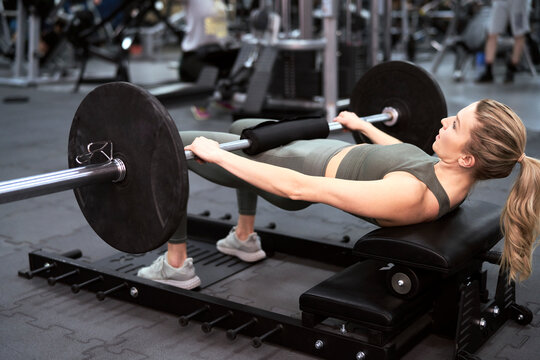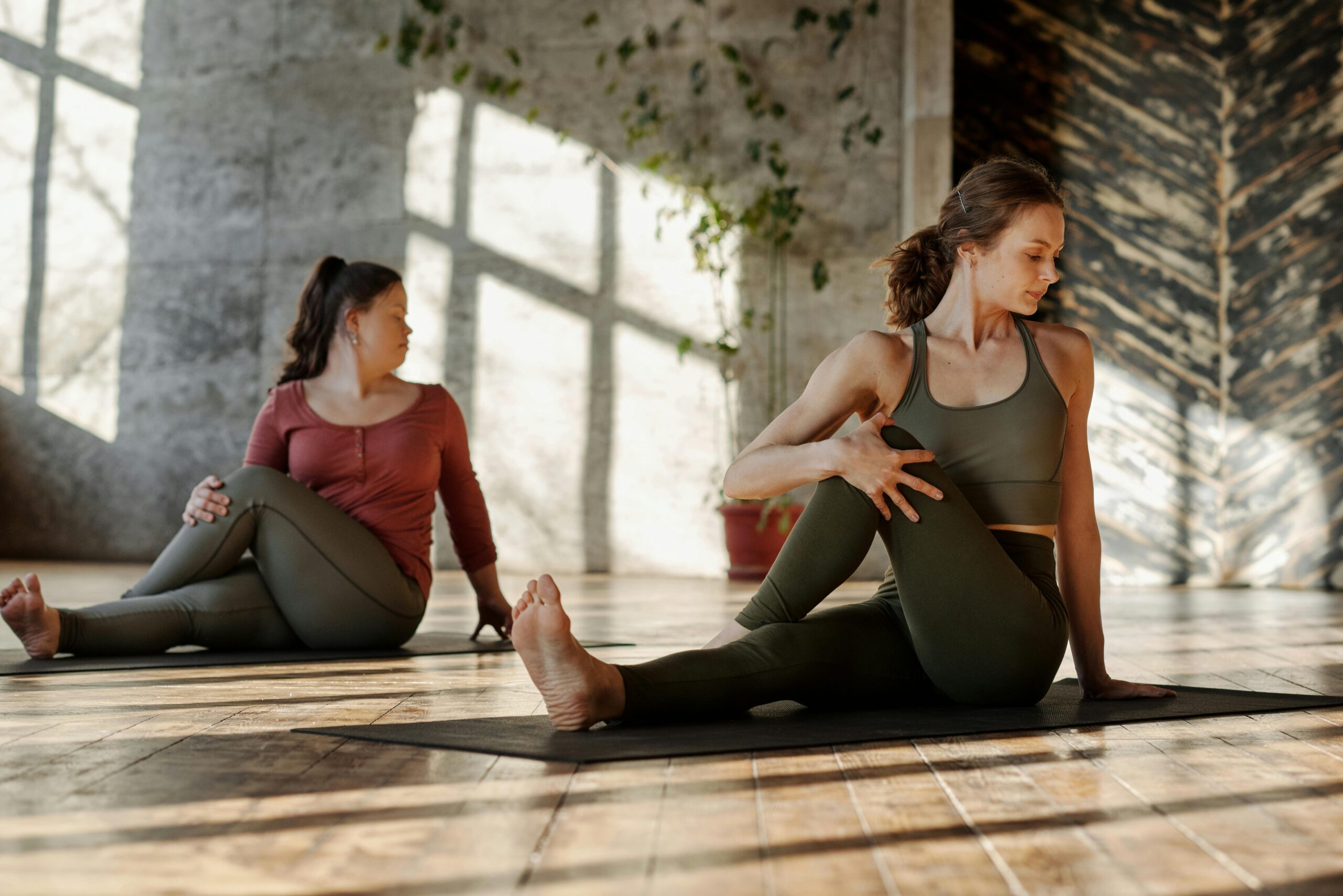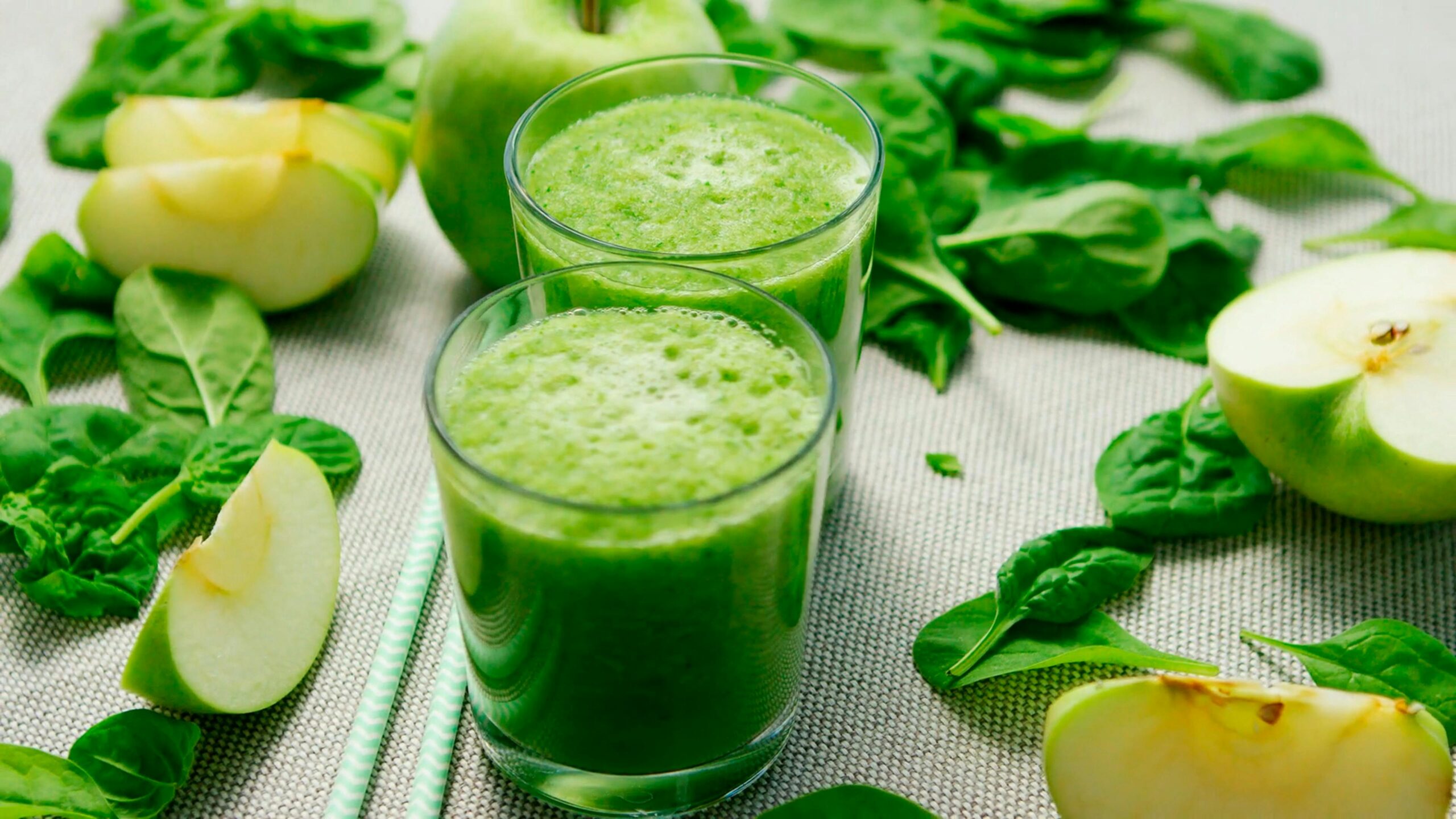The hip thrust exercise benefits thrust exercise has gained popularity for its powerful benefits, especially for those looking to strengthen their lower body. Known for effectively targeting the glute muscles, hip thrust exercise benefits improve power, stability, and overall lower body strength. This exercise, often done with a barbell or resistance bands, isolates and activates the glutes more than many other lower body movements, making it a favorite among athletes, bodybuilders, and fitness enthusiasts. In this guide, we’ll explore the numerous benefits of hip thrust exercise benefits, why it’s ideal for building strength and stability, and how it can elevate your workout routine.
Why Hip Thrusts Are Essential for Glute Development
Hip thrust exercise benefits are one of the best exercises for activating and strengthening the glute muscles. Unlike squats or lunges, which work multiple muscle groups, hip thrusts isolate the glutes, providing targeted activation that helps shape and strengthen the muscles. This focused engagement makes hip thrusts especially effective for individuals looking to improve glute strength and size.
Strengthening the glutes has benefits beyond aesthetics. Strong glutes support the lower back and stabilize the hip thrust exercise benefits, improving overall posture and reducing injury risk. By adding hip thrusts to your workout, you’re not just working on glute strength but also enhancing the stability of your entire lower body, which benefits movements in daily life and sports.

Improving Athletic Performance with Hip Thrusts
Athletes often include hip thrust exercise benefits in their training routines because of the power and speed gains they provide. The hip thrust exercise benefits the glutes in a way that enhances explosive strength, which is essential in sports that involve jumping, sprinting, or sudden changes in direction. Strong glutes give athletes the foundation they need for quick bursts of speed and stability, improving performance in sports like soccer, basketball, and track.
By strengthening the hip thrust exercise benefits extensors through hip thrusts, athletes can achieve more powerful strides and jumps. This exercise also helps improve balance, which is crucial for agility and stability on the field. Incorporating hip thrusts into training routines can give athletes a competitive edge by boosting both lower body power and endurance.
Enhancing Stability and Reducing Injury Risk
Hip thrusts play an essential role in improving stability and reducing the risk of injury. Strong glutes help stabilize the pelvis and support the lower back, which can prevent strain and injury during other exercises or physical activities. Many lower back and knee issues stem from weak glutes, as these muscles play a major role in stabilizing the body during movement.
With regular hip thrust exercise benefits, you’ll strengthen the muscles around the hip thrust exercise benefits, which can prevent common injuries, particularly in the knees and lower back. Additionally, stronger glutes help absorb impact from movements like running, jumping, and lifting, protecting the joints and reducing strain on other parts of the body.
Supporting Better Posture and Alignment
Good posture and alignment are essential for overall health and performance, and hip thrust exercise benefits are a powerful tool for achieving both. Weak glutes can lead to an imbalance in the lower body, often resulting in a tilted pelvis, rounded back, or poor posture. Strengthening the glutes with hip thrusts helps correct these imbalances, bringing the pelvis into better alignment and supporting the spine.
With improved posture, you’ll experience less strain on the back and neck, and you may find everyday activities become easier and more comfortable. Strong glutes stabilize the lower body, helping you stand taller and move with more confidence. If you’re dealing with posture issues or lower back pain, hip thrusts can be an effective exercise to support better alignment and overall body mechanics.
How Hip Thrusts Help Build Lower Body Strength
The hip thrust exercise benefits is highly effective for building strength in the glutes, hamstrings, and hip thrust exercise benefits extensors. While it primarily targets the glutes, it also activates the surrounding muscles, which can increase overall lower body power. Building strength in these areas is crucial for movements like lifting, squatting, and running, where strong glutes and hamstrings play a significant role.
Hip thrusts can also improve performance in other exercises. For example, when the glutes are strong, they can assist the quadriceps and hamstrings during squats, deadlifts, and lunges, making it easier to lift heavier weights and maintain good form. By including hip thrust exercise benefits in your routine, you’re not just targeting one muscle group but building a strong foundation that supports various movements and workouts.

Boosting Confidence with Visible Results
One of the rewarding aspects of hip thrusts is the visible results they provide, particularly in the glutes. For those looking to achieve a well-defined lower body, hip thrust exercise benefits help build muscle shape and definition. Since hip thrusts isolate the glutes so effectively, they often yield faster results in muscle growth compared to other exercises.
Seeing progress can be motivating, and hip thrust exercise benefits are known for delivering noticeable changes in strength and appearance. Consistent hip thrust exercise benefits workouts lead to stronger, more defined glutes, which can boost confidence both in and out of the gym. Many fitness enthusiasts find that the results they achieve with hip thrust exercise benefits encourage them to stay consistent and committed to their fitness goals.
How to Perform the Hip Thrust Correctly
Performing the hip thrust exercise benefits with proper form is essential for maximizing its benefits and preventing injury. Start by sitting on the floor with your upper back against a bench and your feet flat on the ground. Place a barbell or weight across your hip thrust exercise benefits and hold it in place with both hands. Begin the movement by driving through your heels, lifting your hips towards the ceiling. Squeeze your glutes at the top and hold briefly before lowering back to the starting position.
Keeping your core tight and avoiding overextension of the lower back is important for safe and effective movement. Focus on squeezing your glutes throughout the exercise to ensure maximum activation. Beginners can start with body weight or light resistance and gradually increase weight as they become more comfortable with the movement.
Progressing Your Hip Thrust Routine for Maximum Benefits
As with any exercise, progression is key to continuing your growth and improvement. For those just beginning with hip thrusts, starting with body weight is a great way to master the form. Once you’re comfortable, try adding light weights, such as a dumbbell or resistance band, to increase the challenge gradually. Eventually, you can progress to using a barbell or heavier resistance bands to maximize glute activation.
Aiming to progressively increase the weight, resistance, or repetitions over time will ensure that you continue building strength and endurance. Advanced variations, such as single-leg hip thrust exercise benefits, can also be incorporated for an added balance and stability challenge. By progressively increasing the difficulty of your hip thrust workouts, you can achieve even greater benefits for your glutes and lower body strength.
How Hip Thrusts Benefit Mental Health and Confidence
Regular exercise is known to have a positive impact on mental health, and hip thrust exercise benefits are no exception. As an exercise that contributes significantly to building strength and confidence, hip thrusts can play a role in boosting self-esteem. Seeing progress, such as increased strength and muscle definition, can be highly motivating and empowering, especially when it translates into feeling strong and capable in everyday activities.
The benefits of hip thrusts go beyond physical changes. Exercise releases endorphins, which can help reduce stress, improve mood, and even alleviate symptoms of anxiety and depression. Building a consistent hip thrust routine can therefore be a source of physical and mental resilience, helping you feel both stronger and more centered over time.
Conclusion
In summary, the hip thrust exercise is an incredibly effective way to enhance glute strength and improve overall lower body performance. By isolating the glute muscles, hip thrusts help build power, stability, and endurance, which are crucial for both athletes and fitness enthusiasts alike. Incorporating this exercise into your routine can lead to numerous benefits, including better athletic performance, improved posture, and a reduced risk of injury.
Additionally, hip thrusts support mental health by boosting confidence and encouraging a positive self-image. As you see progress in your strength and physique, you’ll likely feel more motivated to continue your fitness journey. Whether you’re just starting or looking to enhance your existing workout routine, hip thrusts offer a valuable addition that can help you achieve your fitness goals. Embrace this powerful exercise, and experience the transformative benefits it brings to your body and mind.
FAQs
1. Can beginners do hip thrust exercises?
Yes, beginners can perform hip thrust exercises, starting with body weight or light resistance to learn proper form. Once comfortable, they can gradually add weight for increased resistance.
2. How often should I do hip thrusts for best results?
For optimal results, aim to include hip thrusts in your routine two to three times a week. This frequency allows for muscle recovery and growth without overworking the glutes.
3. Do hip thrusts only work the glutes?
While hip thrusts primarily target the glutes, they also activate the hamstrings, core, and hip extensors, providing a comprehensive lower body workout.
















